666 Search Results Found For : "파주데이트대행비용【TALK:za32】www.za32.net#천호동출장샵천호동출장안마천호동콜걸샵"

Poverty and Inequality Pervasive in Two-Fifths of U.S. Counties
By looking at the intersection of poverty and inequality in local areas—and how this has changed over time—we can produce a more complete picture of U.S. economic health.
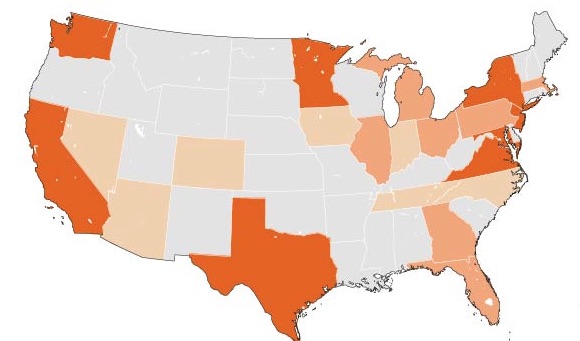
Women and Girls at Risk of Female Genital Mutilation/Cutting in the United States
(2016) Although FGM/C is most prevalent in sub-Saharan Africa, global migration patterns have increased the risk of FGM/C among women and girls living in developed countries, including the United States, according to PRB analysis published February 2015.
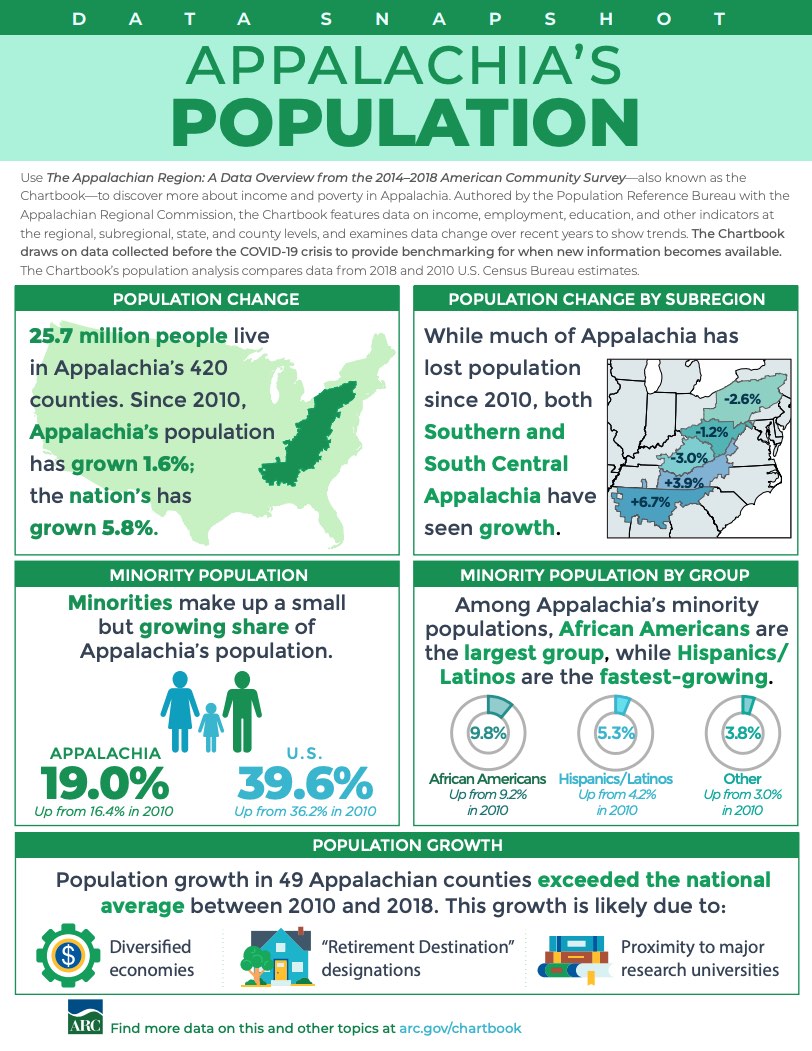
Project: Appalachia: Demographic and Socioeconomic Trends
Data Snapshots. On Appalachia: Population, Education, Employment, Income & Poverty, and Computer & Broadband Access (2014-2018)
A look at population, education, employment, income, poverty, and computer/broadband access in Appalachia 2014-2018.
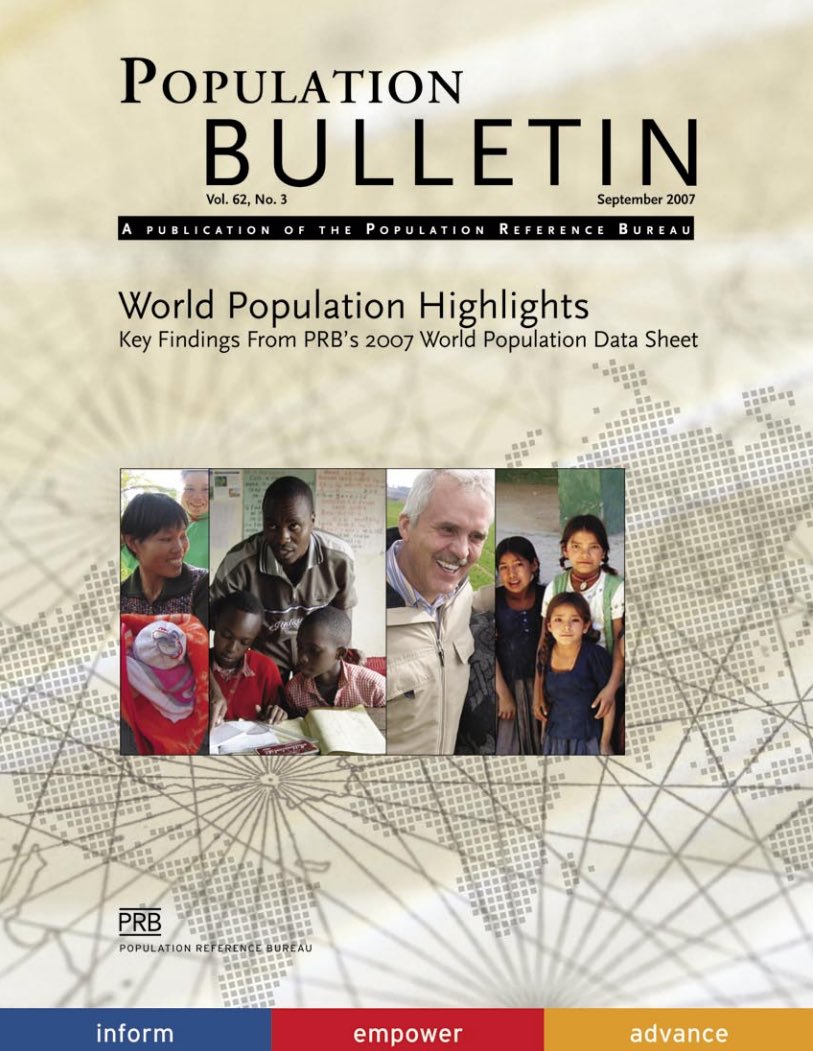
World Population Highlights 2007: Malnutrition
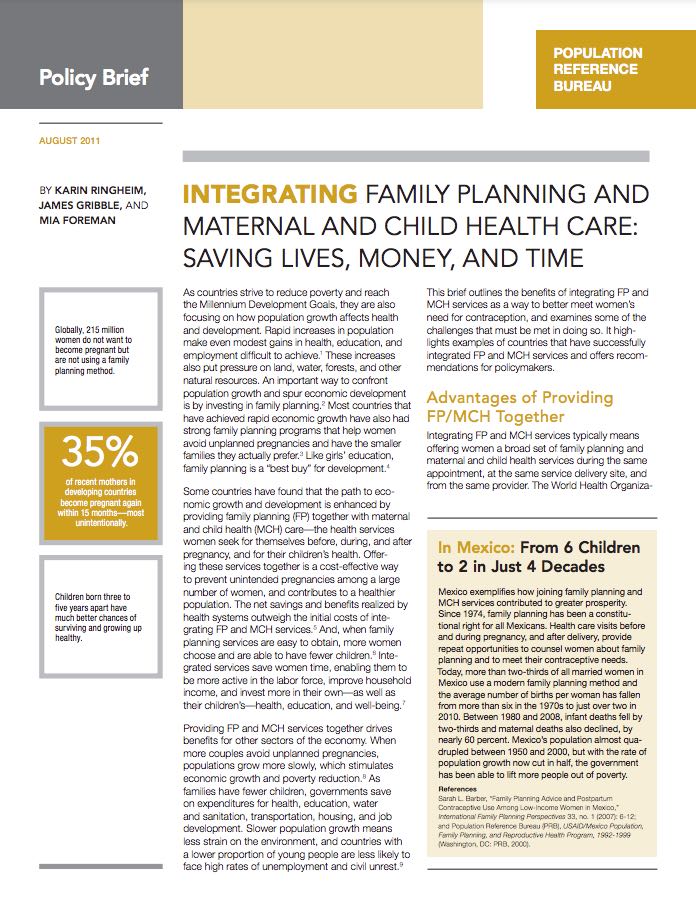
Project: IDEA: Informing Decisionmakers to Act
Policy Brief. Integrating Family Planning and Maternal and Child Health Care: Saving Lives, Money, and Time
(2011) As countries strive to reduce poverty and reach the Millennium Development Goals, they are also focusing on how population growth affects health and development.
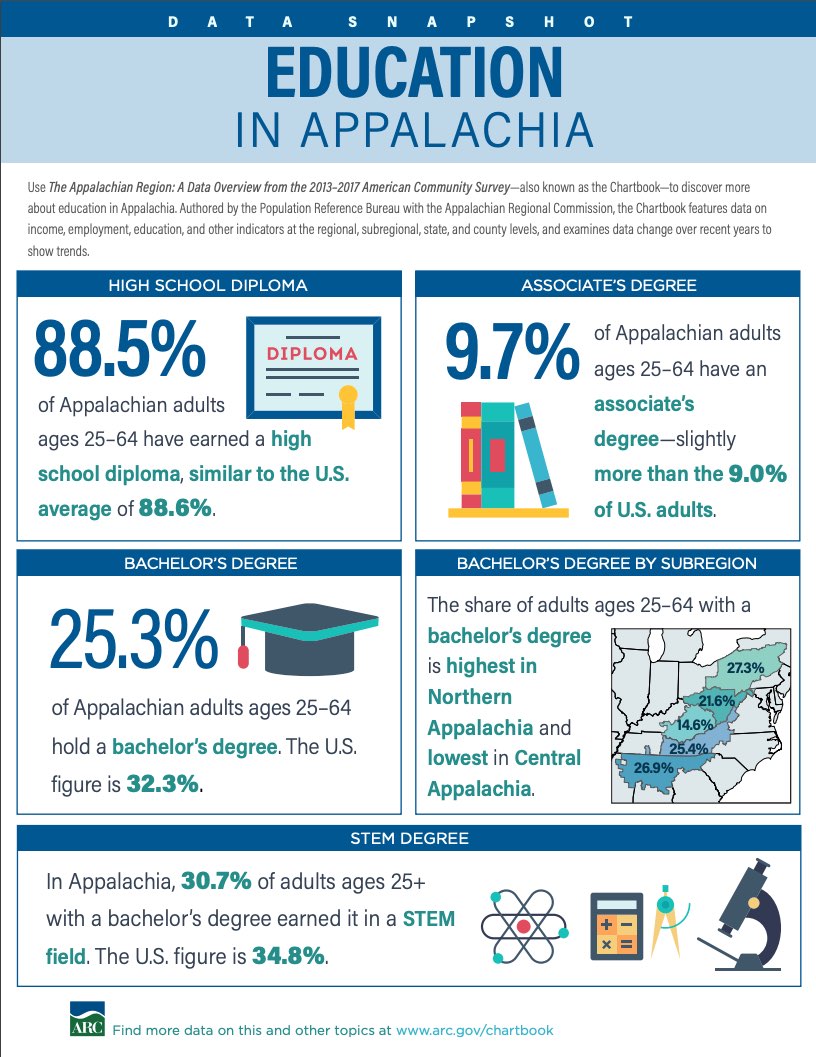
Project: American Community Survey and Decennial Census Support Services
Data Snapshot. Education in Appalachia (2013-2017)
88.5% of Appalachian adults (ages 25-64) have earned a high school diploma, similar to the U.S. average of 88.6%.
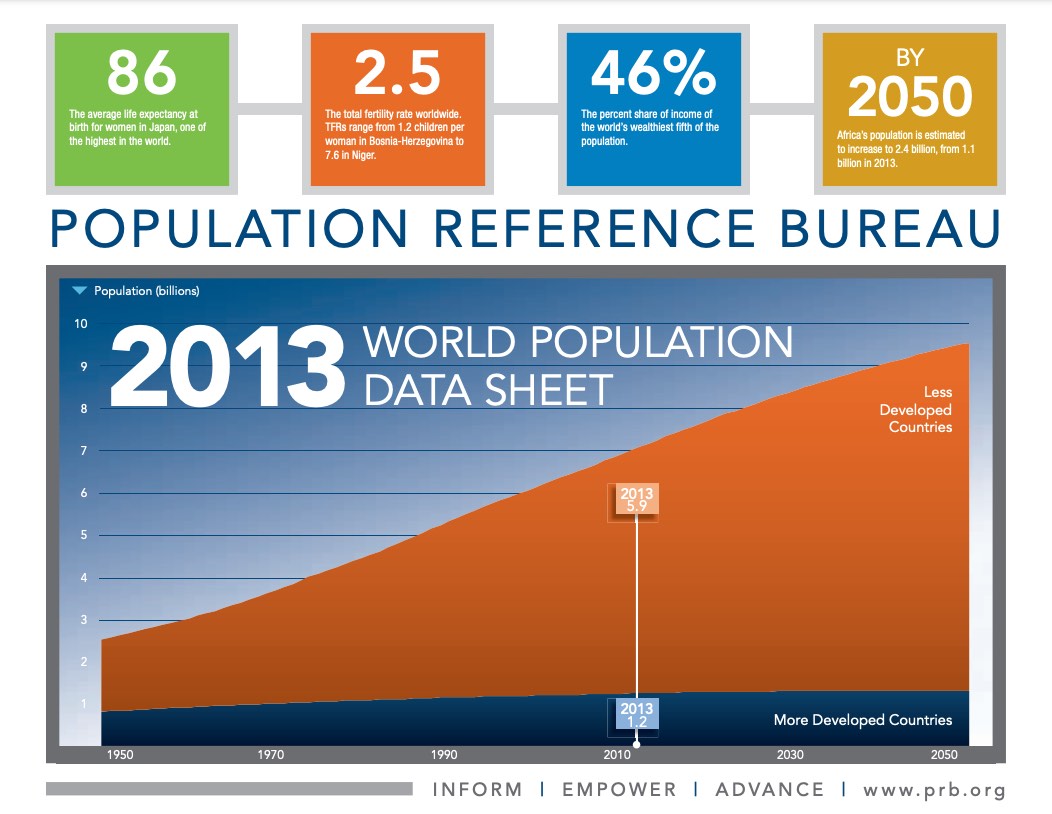
2013 World Population Data Sheet
(2013) Africa, by far the world’s poorest region, will record the largest amount of population growth of any world region between now and 2050.

